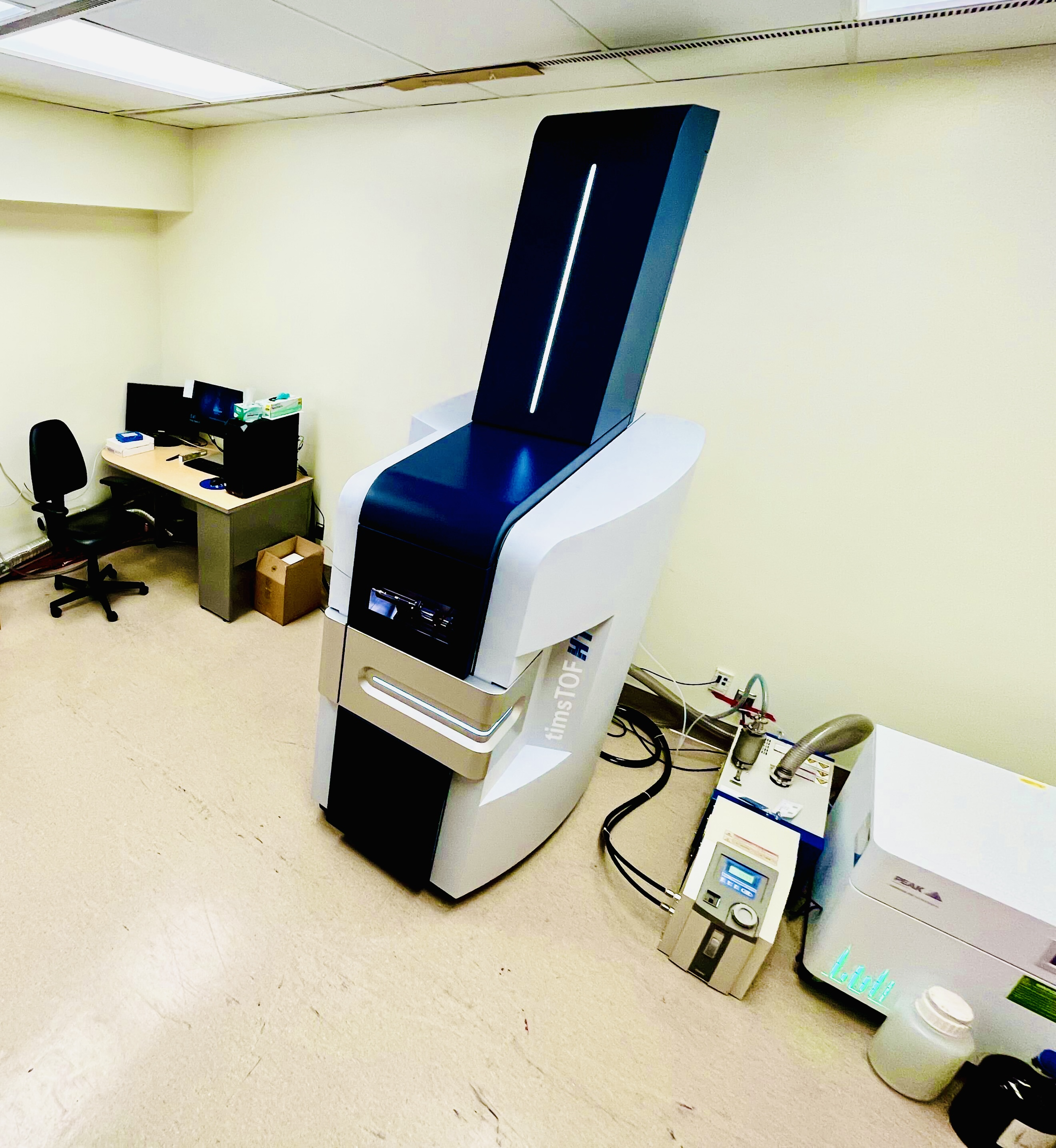Research
The Bouhaddou Lab dissects biochemical signaling circuits, attempting to understand how signaling network connectivity and dynamics impact cell fate outcomes. Cellular signaling can be envisioned to be the “mind” of the cell, generating the thoughts (i.e. signaling) that eventually turn into actions (i.e. cellular phenotypes). We are specifically interested in understanding how viruses impact host signaling networks and cellular phenotypes, employing quantitative approaches to systematically compare how different viruses hijack host phosphorylation signaling systems. Although we are mostly focused on viruses, our approaches are disease-agnostic, with applications to other areas of biology, including cancer and the environment.
Virology. We study how viruses perturb, sense, and respond to the intracellular host signaling environment. First, we take a comparative virology approach, infecting human cells with different viruses and quantifying the host signaling response to infection using mass spectrometry phosphoproteomics. Second, we study how viruses sense and respond to the cellular state or extracellular cues. For example, what cues mechanistically cause latent viruses to commence the reactivation process? We are particularly interested in post-translational modifications on viral proteins and how they can “switch” the function of a viral protein during the viral life cycle. We are open to studying a range of viruses; we are currently focused on studying HIV, herpesviruses, alphaviruses, and respiratory viruses including coronaviruses.
Cancer. We currently study how viruses, such as HPV and HIV, contribute to oncogenesis and cancer progression. HPV causes over 98% of cervical cancers. Women co-infected with HPV and HIV are 6x as likely to progress to advanced cervical cancer, which appears unaffected by immune reconstituting antiretroviral therapy (ART) suggesting other factors underlie the viral synergy. We study the factors secreted by HIV-infected immune cells and the impact these factors have on cervical cell responses. We are also interested in furthering our fundamental understanding of signaling pathway interconnectivity; our lack of knowledge in this domain—predicting whether one pathway will “crosstalk” to another pathway—underlies much of targeted therapy failure clinically for cancer. Lastly, we are interested in understanding how common cancer mutations alter kinase motifs, signaling cascades, and treatment approaches.
Environment. Coral reefs cover less than 1% of the ocean floor but support more than 25% of all marine life. Estimates from various studies indicate that if current trends continue—such as rising sea temperatures, ocean acidification, pollution, and other stressors—a majority of the world’s coral reefs could be lost by 2050. Corals are animals form a symbiotic relationship with algae, a plant. Corals receive anywhere from 70% to 90% of their energy requirements through photosynthesis performed by algae living within their tissues. Coral bleaching is a phenomenon where corals expel the colorful algae living in their tissues, turning them pale or white. This expulsion is often due to stressors like rising sea temperatures, pollution, or changes in water chemistry. The molecular mechanisms underlying coral bleaching—algae expulsion from coral tissues—remain unclear. Here, we seek to map the biochemical networks in coral and algae that underlie stress sensitivity using mass spectrometry proteomics technology. In collaboration with the Coral Resilience Lab at the University of Hawaii at Manoa, we are quantitatively comparing coral and algae protein expression across various Montipora capitata genotypes that vary in their heat resilience.
Technology
The Bouhaddou lab integrates “wet” and “dry” approaches. On the wet side, we primarily apply quantitative mass spectrometry [phospho]proteomics (using a Bruker timsTOF HT instrument) to mammalian cell culture based virology. We interpret, extend, and integrate these data using bioinformatics, ordinary differential equation (ODE) modeling, and network modeling, encouraging an iterative exchange between “wet” and “dry” science.
Mass Spectrometry Proteomics.
Computational Biology.
Molecular Biology.




